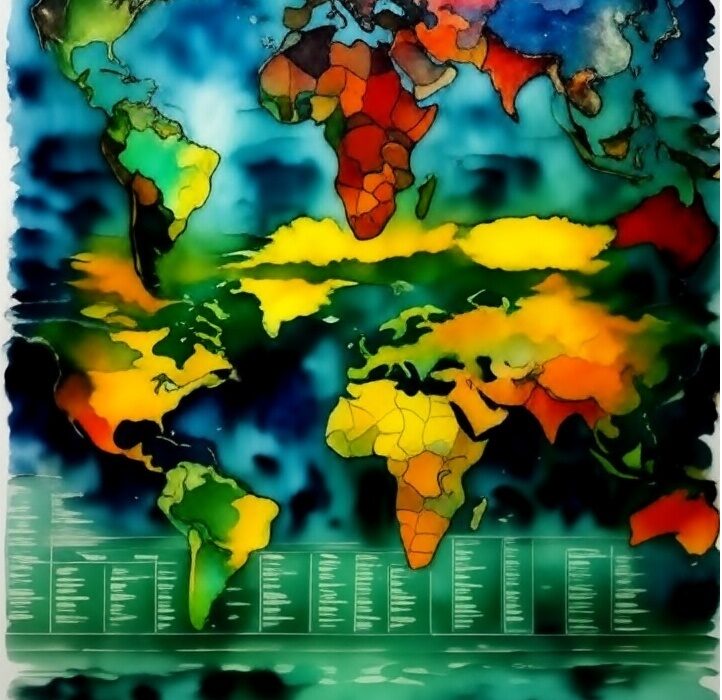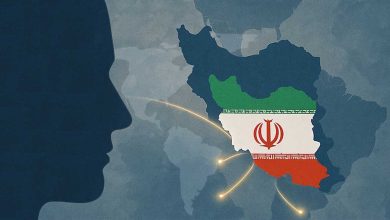Shifting Global Alliances: From Stable Coalitions to Flexible, Issue-Based Partnerships

Political alliances have long served as essential instruments for exercising power, ensuring collective security, and advancing national interests in the international system. Particularly throughout the 20th century, such alliances were often based on ideological, geographical, or military commonalities and were institutionalized through long-term frameworks like NATO or the Warsaw Pact. However, over recent decades—especially following the end of the Cold War—profound transformations in geopolitical, economic, technological, and environmental domains have fundamentally reshaped the logic and nature of alliances.
Today, states facing diverse, multidimensional, and often non-traditional threats are increasingly leaning toward temporary, issue-specific, and flexible alliances. These coalitions are formed not on the basis of long-term commitments but around immediate interests, specific challenges, and strategic calculations.
From Ideological Blocs to Strategic Autonomy
During the Cold War, the bipolar structure of the international order gave rise to alliances such as NATO (1949) in the West and the Warsaw Pact (1955) in the East, both rooted in ideological cohesion and shared security threats. These alliances were characterized by permanence, legal obligation, and strategic loyalty.
With the collapse of the Soviet Union, the decline of bipolarity, and the rise of strategic autonomy among states, the conditions for reimagining global partnerships emerged. The rise of new powerful actors like China and India, the proliferation of non-traditional threats (such as cyber security, climate change, and transnational terrorism), and a shift in priorities from ideological alignment to economic and geopolitical interests have pushed many countries to pursue temporary, pragmatic, and targeted multilateral cooperation instead of long-standing commitments.
NATO: Strained from Within
NATO remains one of the most enduring security alliances in the Western world, yet it now faces significant internal challenges. Disagreements over burden-sharing (especially between the U.S. and European members), diverging threat perceptions (e.g., conflicting views on Russia and China), and unilateral actions by member states (such as Turkey’s role in Syria or its purchase of Russian defense systems) reflect a growing erosion of NATO’s strategic cohesion.
Although the Ukraine crisis briefly reinvigorated NATO’s unity and deterrence posture, this response was largely a reaction to a traditional and urgent threat—not a reflection of a renewed long-term strategic consensus. In the face of non-traditional and emerging threats, NATO continues to struggle with strategic coordination.
BRICS: Potential Without Coherence
In contrast to NATO, BRICS—comprising Brazil, Russia, India, China, and South Africa—represents a growing international cooperation platform aimed at challenging the Western-centric global order and dominant financial institutions like the IMF and World Bank. Despite its substantial economic potential, BRICS has yet to evolve into a cohesive strategic alliance.
Fundamental differences in political systems, border disputes (such as the latent rivalry between China and India), and the absence of strong institutional mechanisms have limited BRICS to functioning more as a consultative and issue-based platform—focusing on areas like infrastructure development, trade in local currencies, or countering Western sanctions—rather than a full-fledged security bloc.
The increasing interest of new applicants such as Iran, Saudi Arabia, and Egypt in joining BRICS reflects not so much ideological alignment as a strategic search for alternatives to Western-dominated structures.
Rise of Flexible, Issue-Based Coalitions
In this new international landscape, states increasingly prefer to participate in temporary, issue-specific coalitions that align with their short-term interests. Notable examples include:
-
The Global Coalition Against ISIS, which despite its geographic reach and diverse participants, lacked any permanent institutional structure.
-
Energy cooperation frameworks such as the temporary alignment of Russia and Saudi Arabia under OPEC+.
-
Emerging security arrangements like AUKUS (Australia, UK, U.S.), formed specifically to counter Chinese influence in the Indo-Pacific.
These examples illustrate a fundamental shift in alliance-building logic. States are less inclined to bind themselves to rigid, long-term multilateral commitments and instead view alliances as tactical and adaptive tools for navigating specific regional or temporal challenges.
Toward a Multi-Aligned World
With the weakening of U.S. unipolar leadership, the rise of new powers like China, and the strategic maneuvering of middle powers like Saudi Arabia or South Africa, the global order is increasingly defined by fluid, overlapping, and sometimes contradictory alignments. Competition over strategic technologies (like semiconductors), energy, digital infrastructure, and geopolitical influence in regions such as Africa and Central Asia has encouraged states to join multiple coalitions simultaneously—even those with conflicting interests.
In this multilayered and shifting environment, alliances are no longer defined by shared values or common political systems, but by the temporary convergence of interests and perceived threats.
Conclusion: Alliances as Instruments, Not Destinations
The international system is undergoing a transition from traditional, enduring, and institutionalized alliances to more flexible, issue-driven, and temporary coalitions. Both NATO, as a legacy alliance, and BRICS, as an emerging framework, are facing structural challenges rooted in evolving power dynamics, the diversification of threats, and a new model of interest-based calculation.
In today’s world, national interests are fluid, strategic flexibility is essential, and the ability to rapidly enter or exit coalitions has become a defining feature of foreign policy. Alliances are no longer the destination—they are tools for navigating the temporary pathways of geopolitics






